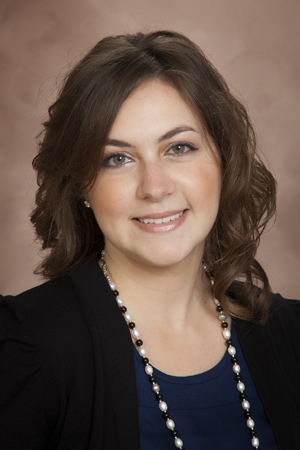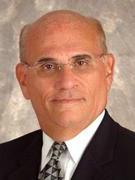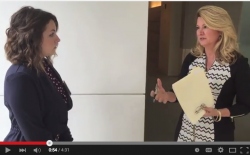Device manufacturers take certain actions when initiating recalls, corrections and removals, but the message relayed to both physicians and patients is not always straightforward. Physicians become aware of product problems through a variety of outlets (colleagues, news media, industry meetings, and device manufacturer reps), but the extent to which FDA communicates doesn’t go far enough beyond a notification letter, according to Marcin Kowalski, MD, director of cardiac electrophysiology at Staten Island University Hospital. “I don’t really hear much from the government except for a letter, and I really wish I did,” said Kowalski at the MedTech Intelligence HHE, Risk Assessment & Recalls conference in May. “[I wish they] had some sort of message to us, the physicians, saying, ‘look we know about this and we’re correcting and following this.’”
Several factors are at play, and understanding the complex issues that physicians face when they receive notification of device advisories or recalls could shed light on how industry can work together to further refine the process without damaging patient trust.
As the number of recalls and product advisories rise, physicians struggle with identifying who needs to follow the patient and how they should follow through during the process. “A lot of times we get these recalls or advisories, [and] we don’t know what to do with them, and patients get them and they’re scared,” said Kowalski. There is a lot of noise surrounding recalls that puts additional pressure on a patient, from misinformation that can come from news outlets, family and friends, and lawyers.
When reaching out to the patient, manufacturers need to consider the readability factor of their communications, because if the level is too high, statements may either be misinterpreted or completely disregarded. And at the same time, improper direct communication with the patient can significantly hurt the physician-patient relationship. Some patients will contact their doctor and blame them, asking why the physician implanted a faulty device, or whether they should contact their lawyer. “I’ve lost the chance to explain to the patient what this really means. If a company calls, we’re dead in the water. The damage has been done already,” said Kowalski, stressing the sacred nature of the patient-physician relationship.
How can the problem be fixed? The first step is full disclosure and transparency to ensure that physicians are aware of potential problems with a device. Hospitals can further build trust between physicians and patients, and even device companies, by offering patients remote monitoring for applicable devices, which serves as an early alarm system for device problems. In addition, hospitals should have an integrated system between physicians and administrators that includes an immediate and thorough review once device issues arise. On the manufacturer side, Kowalski would like to see more guidance on what to do following a recall, including more consistent and thorough post-monitoring surveillance of medical devices. A final item on his wish list is a more detailed list of products on recall that includes specific lot numbers and model numbers.






